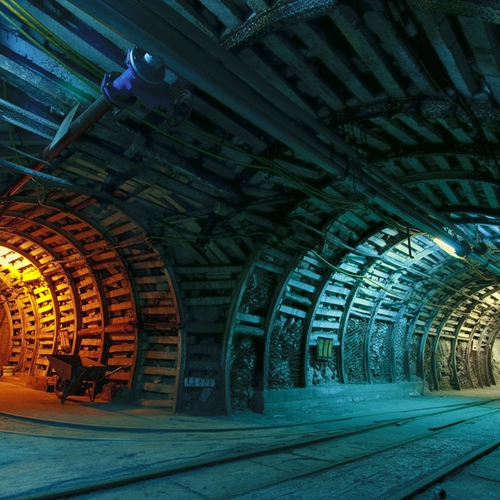Companies are constantly looking for better, more secure ways of storing their data, and one option is underground data centers. The increase of risks like extreme weather and cybercriminals has created demand for decommissioned military bases and abandoned mines for use in data storage and computing facilities.
The distance between most of these sites and big cities lowers the likelihood of disastrous events like the failure of communication systems or power grids, making them especially appealing for highly regulated sectors like healthcare, finance, government and other industries.
A data center outage can have far-reaching effects, preventing users from accessing critical applications and documents. Mother nature, in particular, can wreak havoc on data center operations, damaging equipment and disrupting the flow of electricity. Even a brief moment of downtime may translate into a significant loss of revenue as clients take their business to service providers with a more reliable delivery history. Across the globe, security concerns are being addressed by investing in underground data centers.
European Underground Data Centers
This week, data center provider Green Mountain opened its second underground facility in Norway. The first in Stavanger, is housed within a mountain once used to store military ammunition for NATO.
The new Norway data center, which occupies 226,000 square feet, is situated within a valley bordered by two hydroelectric stations allowing easy access to power. According to Green Mountain CEO Knut Moluag, there are four power stations within a three mile range.
Molaug noted that Green Mountain is specifically targeting financial services companies in the U.K. because the new facility is able to offer the level of security the industry requires. Norway’s largest financial services group, DNB, is already using space in the center as a disaster recovery site.
Most banks and financial organizations prefer to use data centers located nearby their offices to ensure a low latency connection. According to Molaug, data from the new facility can be transferred from the Green Mountain center to London’s Square Mile in 6.5 milliseconds. The latency is very low because the fiber stops on oil rigs and then continues on, versus making hundreds of stops as a normal connection would.
Underground U.S. Data Centers
Closer to home, Massachusetts-based Iron Mountain is also employing an underground data center approach. The firm built a facility in Boyers, Pennsylvania inside a former U.S. Steel limestone mine. The site, used for archive storage since 1954, has more than six million square feet of developable space.
The center is separated from the outside world by more than 200 feet of rock, making it immune to weather, sunspots and electromagnetic pulses. The facility has no roof or windows and can only be accessed by a single entrance which is protected by armed guards. The temperature within the Pennsylvania data center sits at the mid-50s all year because the limestone walls absorb the heat created by the server racks. Also used for cooling is a shallow, 150 acre lake contained within the mine. Cold water from the lake can be circulated in place of chillers, dramatically reducing operation and construction costs.
The center provides colocation services for some of the biggest IT users in the country., including Marriott International, which leased 12,500 square feet in the underground facility in 2008 for disaster recovery purposes.
The U.S. is home to many other underground facilities, including Granite Mountain Records Vault Utah data center, Info Bunker’s Iowa data center, Winchester Business Center’s Missouri data center, Cavern Technologies’ Kansas data center, Westland Bunker Texas data center, and Subtropolis’ Missouri data center.




